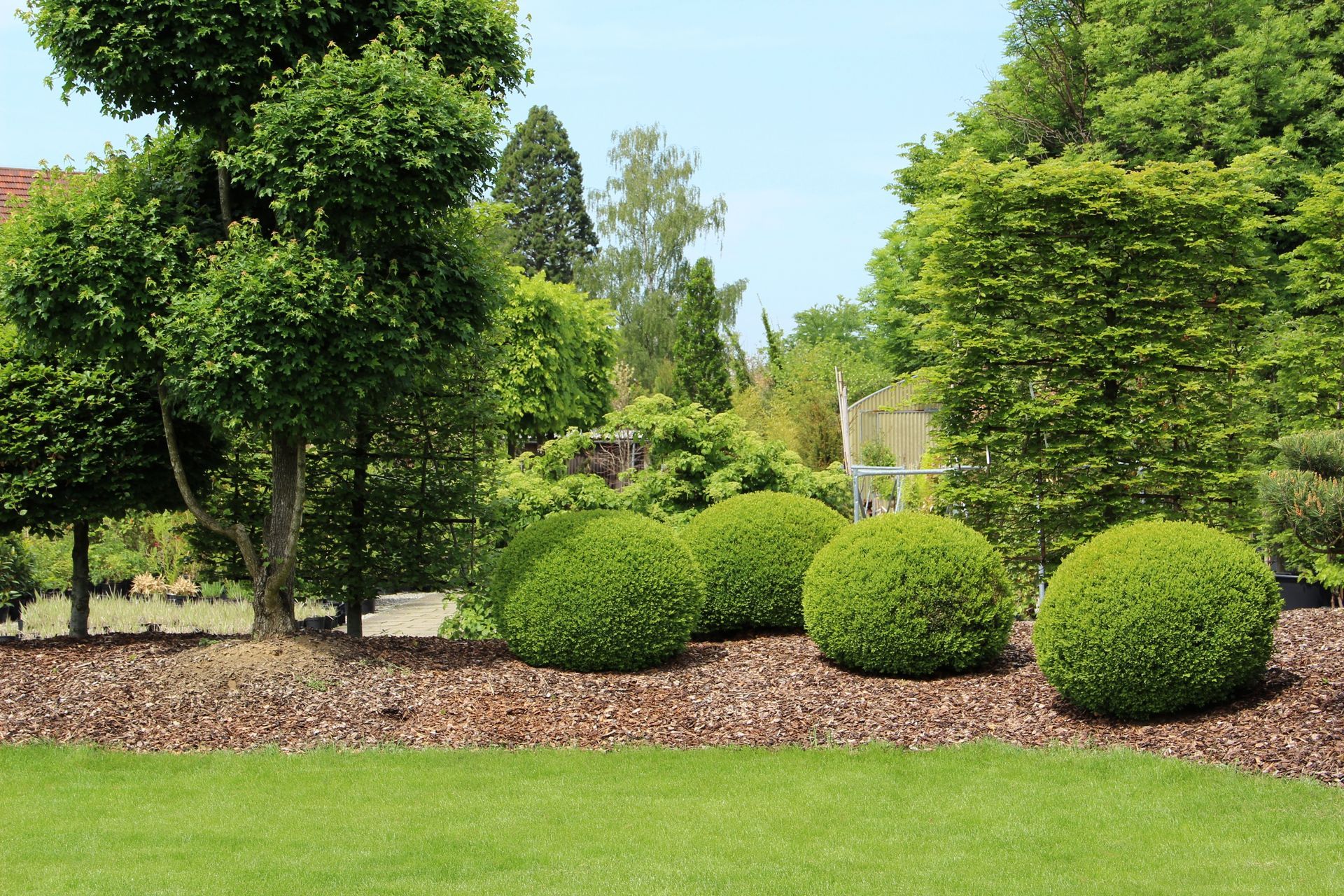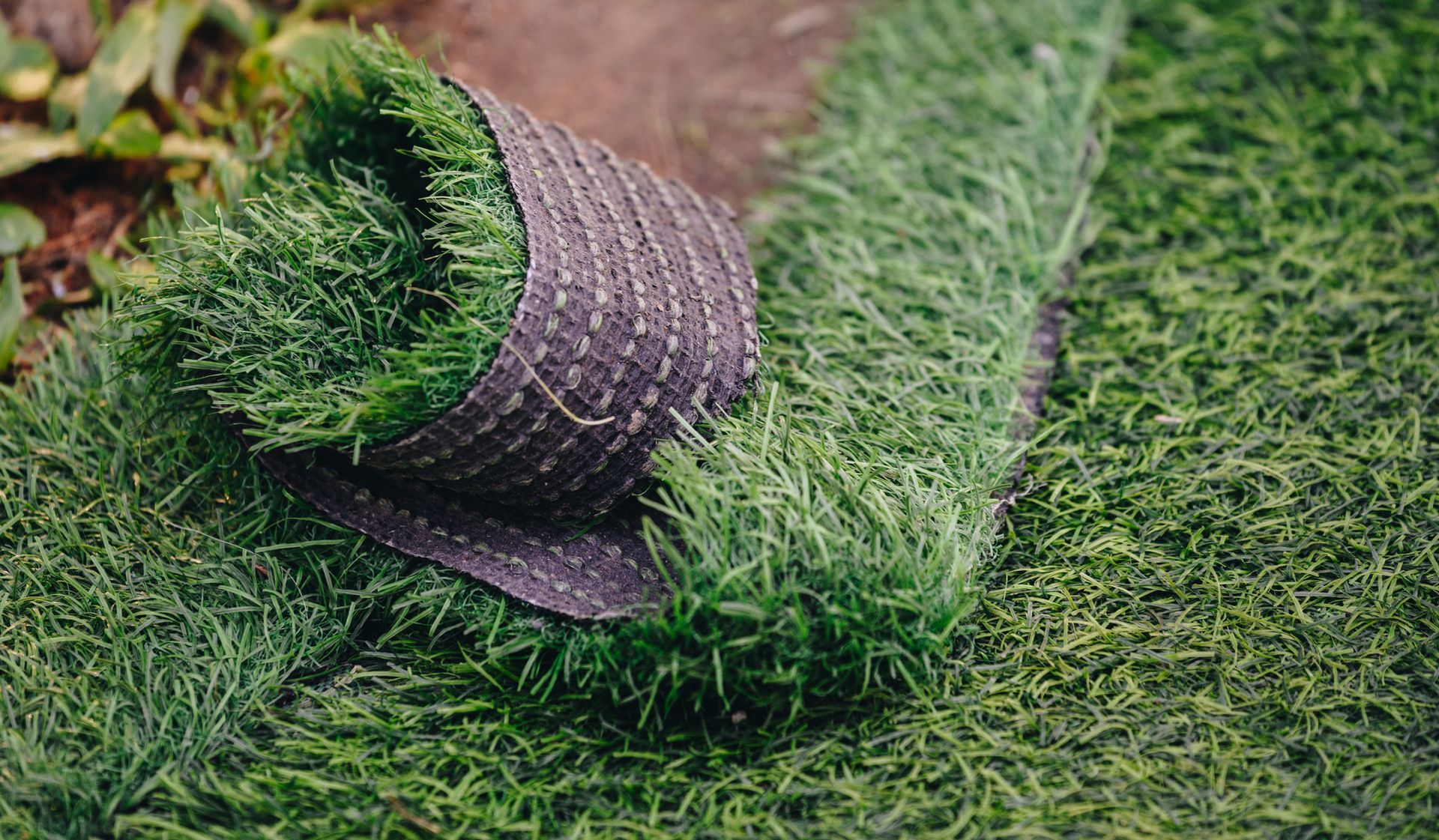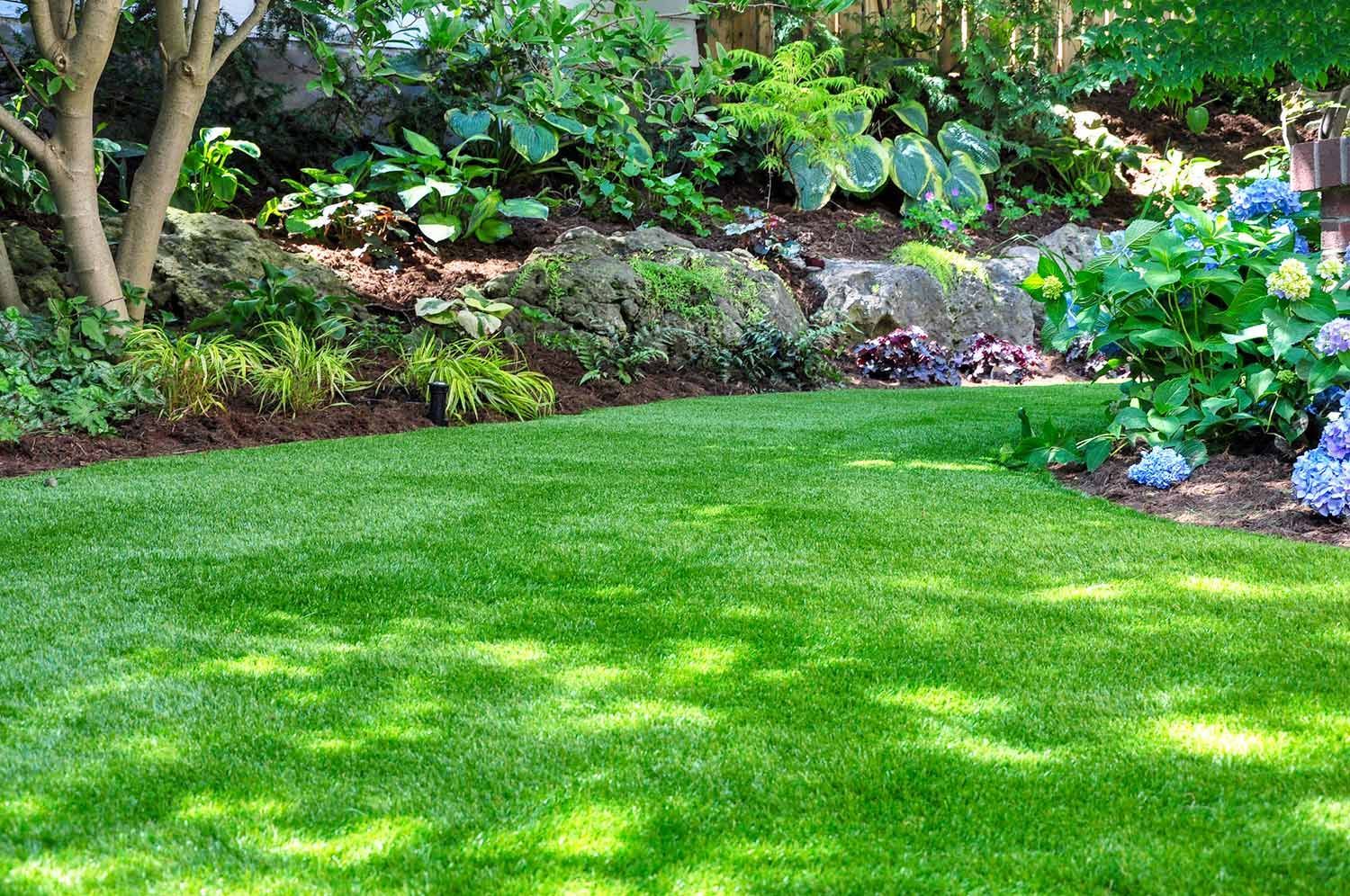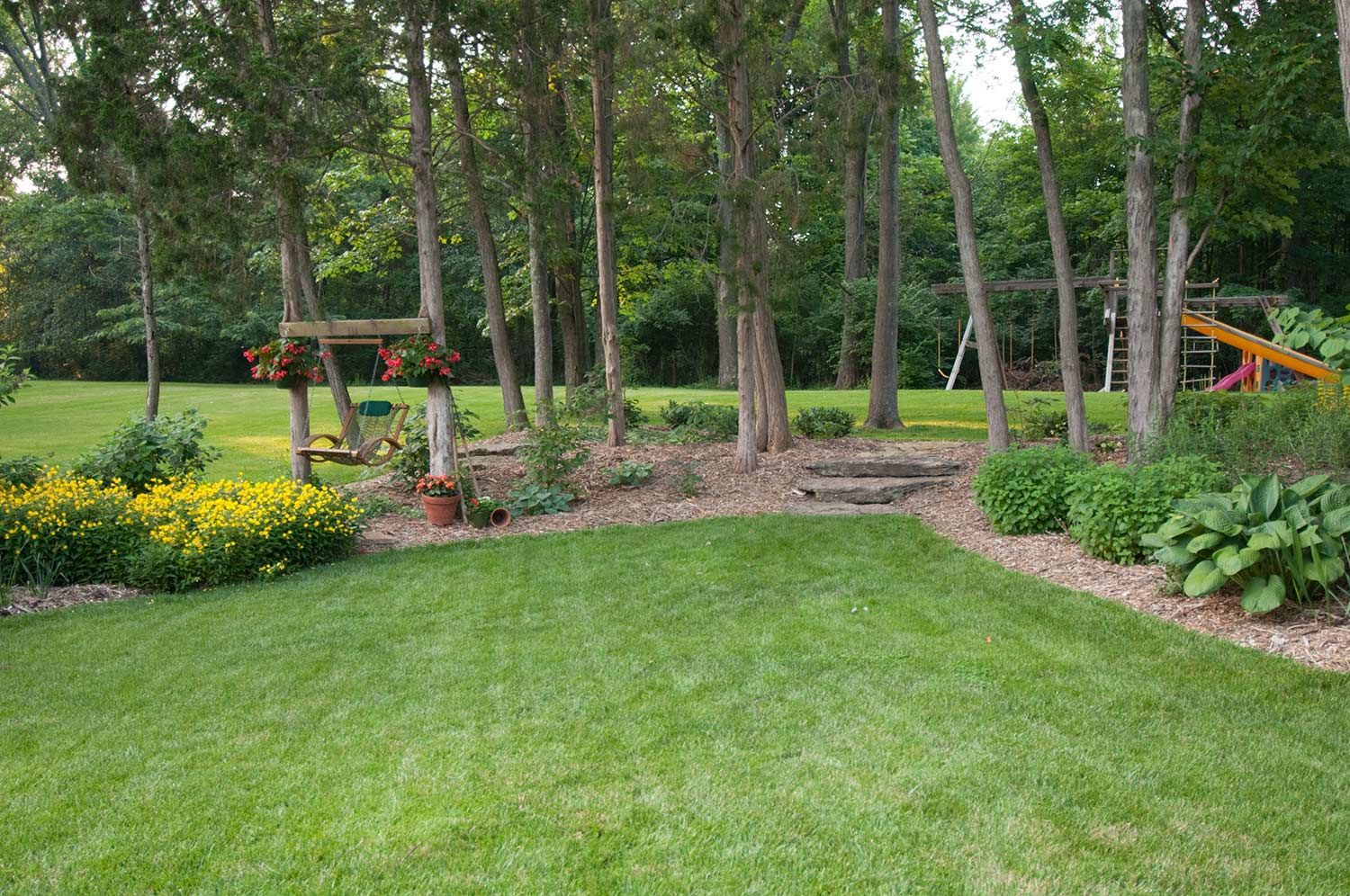The Benefits of Overseeding: How to Achieve a Lush, Green Lawn
As fall sets in and the growing season winds down, many homeowners look for ways to enhance the health and appearance of their lawns. One of the most effective techniques for rejuvenating your turf is overseeding. This simple yet powerful practice can help you achieve a lush, green lawn that's the envy of the neighborhood. Here’s why overseeding is beneficial and how you can make the most of it.
*1. Improves Lawn Density:
Overseeding involves spreading grass seed over your existing lawn to improve its density. If your lawn has bare spots, thinning areas, or is generally lacking in fullness, overseeding can fill in those gaps and create a more uniform appearance. A denser lawn not only looks better but also helps crowd out weeds, reducing the need for herbicides.
*2. Enhances Lawn Health:
By introducing new seed varieties, overseeding can enhance the overall health of your lawn. For instance, you can choose seeds that are more drought-resistant, disease-resistant, or better suited to your specific soil and climate conditions. This diversity helps your lawn adapt to changing conditions and remain resilient throughout the year.
*3. Promotes Faster Recovery:
If your lawn has suffered from stress due to summer heat, heavy foot traffic, or pest problems, overseeding can speed up its recovery. New grass seedlings can fill in damaged areas and help your lawn bounce back more quickly, leading to a healthier and more robust turf.
*4. Reduces Soil Erosion:
A thicker lawn created through overseeding provides better ground coverage, which can help reduce soil erosion. This is especially important on sloped areas or in regions prone to heavy rains. By stabilizing the soil, you can prevent runoff and protect your landscape from erosion.
*5. Extends the Growing Season:
Fall is an excellent time for overseeding because the cooler temperatures and increased moisture create ideal conditions for seed germination. Overseeding in the fall allows the new grass to establish roots before winter, so when spring arrives, you'll have a head start on achieving a vibrant, green lawn.
How to Overseed Your Lawn:
- Prepare Your Lawn:
Start by mowing your lawn to a shorter height and raking up any debris. This helps the seed make good contact with the soil. For best results, consider aerating your lawn before overseeding to improve seed-to-soil contact. - Choose the Right Seed:
Select a grass seed blend that suits your local climate and soil conditions. Consult with a local nursery or landscaping professional if you’re unsure which seed is best for your lawn. - Spread the Seed:
Use a broadcast spreader to evenly distribute the seed over your lawn. Follow the recommended seeding rate on the seed packaging for optimal results. - Water Regularly:
Keep the soil consistently moist to encourage seed germination. Water lightly but frequently until the new grass is established. - Avoid Heavy Traffic:
Limit foot traffic on the newly seeded areas to give the grass the best chance to grow and establish itself.
Conclusion:
Overseeding is a valuable practice for maintaining and improving the health and appearance of your lawn. By adding new grass seed to your existing turf, you can achieve a lush, dense, and resilient lawn that thrives year-round. For expert assistance with overseeding and other lawn care needs, contact Great-Greens. Our team is dedicated to helping you achieve a beautiful, healthy lawn that enhances your outdoor space.







